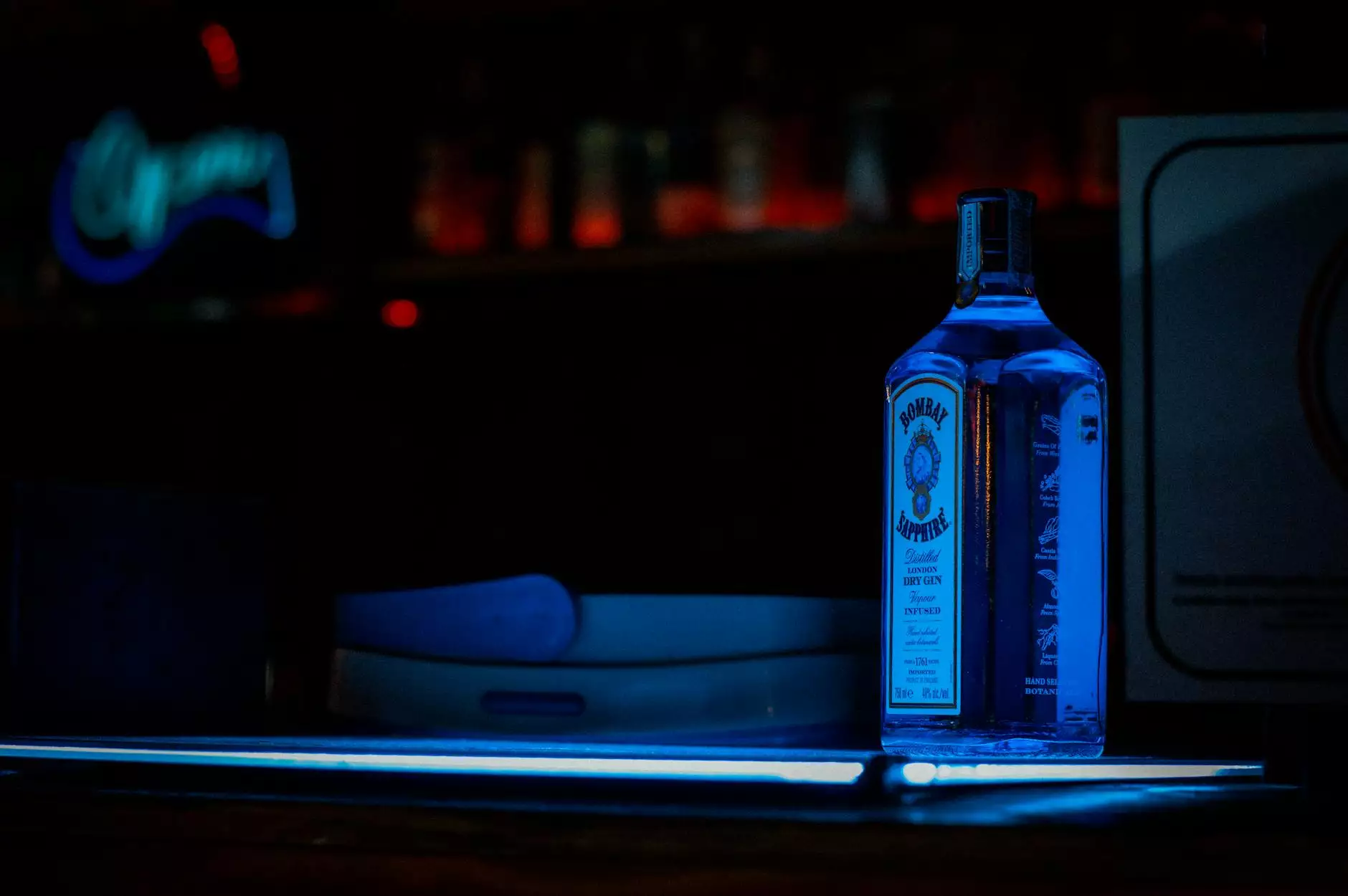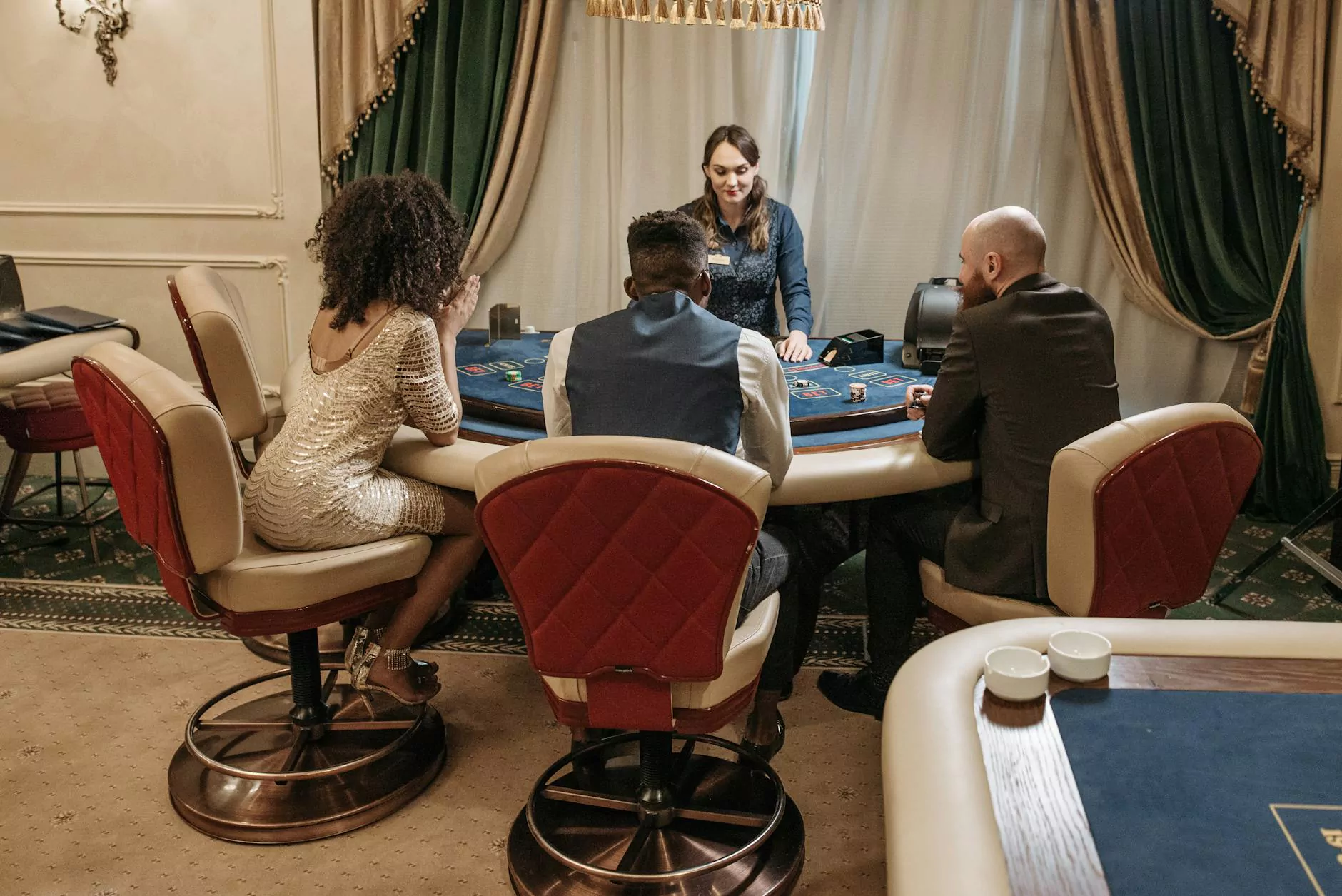Choosing the Right Medical Office Colors for a Positive Patient Experience

When designing a medical office, one of the most critical aspects to consider is the use of medical office colors. The colors you choose can significantly influence patient perception, comfort levels, and even their overall health outcomes. In this comprehensive guide, we’ll delve into the psychological effects of colors, the most popular choices for medical offices, and tips on how to create a soothing and professional environment.
The Psychology Behind Colors
Color psychology suggests that different colors can evoke various emotional responses. Understanding this can help medical professionals make informed decisions about their office decor:
- Blue: Often associated with calmness and serenity, blue hues can help reduce anxiety and foster a sense of trust. It’s a popular choice for pediatric and family practices.
- Green: Symbolizing nature and renewal, green is often used to promote healing and relaxation. It is also easy on the eyes, making it a good option for long waiting periods.
- Yellow: While bright and cheerful, yellow can be stimulating. It’s best used in moderation to avoid causing anxiety. Soft, pastel yellows can create a warm and friendly atmosphere.
- White: Represents cleanliness and purity. While common in medical settings, too much white can feel sterile and uninviting. Pairing it with warmer tones can create a more approachable environment.
- Purple: A color often associated with luxury and sophistication. Lighter shades can encourage creativity and calmness, making it a good choice for mental health facilities.
Popular Color Schemes for Medical Offices
Implementing the right medical office colors involves choosing color schemes that create a cohesive and appealing environment. Here are some popular color schemes to consider:
1. Serene Blues and Greens
This combination promotes relaxation and is ideal for outpatient clinics or hospitals. Shades like soft teal and mint green can be used on walls with darker accents for furniture, creating a tranquil space.
2. Warm Neutrals
Warm colors like beige, taupe, and soft browns can create a welcoming atmosphere. This is particularly important in family practices, where emotional comfort is crucial. Adding pops of color through artwork or plants can enhance the appeal without overwhelming the senses.
3. Playful Pastels
For pediatric offices, pastel color schemes using light pinks, blues, and yellows can make the space feel less intimidating for children. Incorporating fun designs and interactive elements can further enhance the playful atmosphere.
4. Modern Monochrome
Using varying shades of a single color, like different tones of gray, can create a sleek and modern look. This color scheme is ideal for specialist clinics that want to convey professionalism while still being welcoming.
Considerations for Color Selection
When selecting your medical office colors, there are several factors to take into account:
- Target Audience: Understand the demographics of your clientele. A pediatric office will have different needs than a geriatrics clinic.
- Brand Identity: Your color scheme should reflect your business identity. Ensure your colors align with your branding for a cohesive look.
- Lighting: Consider the natural and artificial lighting in your space. Different light sources can change how colors appear. Always test colors in the actual environment.
- Functionality: Think about maintenance. Lighter colors may show wear and tear more quickly, while darker shades may absorb heat in sunny areas.
Incorporating Artwork and Accessories
The use of artwork and decorative accessories can greatly complement your chosen medical office colors. Here are some ideas:
1. Therapeutic Art
Incorporating art that reflects nature, landscapes, or calming scenes can enhance the soothing atmosphere of your office. Scientific studies have shown that viewing art can reduce stress and promote healing.
2. Greenery and Plants
Indoor plants not only improve air quality but also add a touch of life and color. Choose easy-to-maintain plants like succulents, pothos, or snake plants to sit on reception desks or in corners.
3. Colorful Pillows and Furniture
If your office includes waiting areas with seating, add throw pillows or colorful chairs that complement the wall colors. This approach not only reinforces your color scheme but also improves comfort.
Future Trends in Medical Office Design
The landscape of medical office design is continually evolving, and color trends are a significant part of this transformation. Here are a few trends to keep an eye on:
- Biophilic Design: Integrating nature into the design through colors and materials is becoming more popular. Colors that reflect nature, such as earthy tones and greens, are essential in this trend.
- Adaptive Spaces: Flexible designs that can accommodate various uses are trending. This often requires careful color planning to maintain a cohesive look across different functionalities.
- Sustainable Choices: Eco-friendly materials with sustainable colors are in demand. From paints to furniture, many professionals are more eco-conscious, seeking to incorporate more natural and non-toxic materials.
Conclusion
Selecting the right medical office colors is a crucial part of creating an inviting, professional, and healing environment for patients. By understanding color psychology, choosing appropriate color schemes, and considering the overall design of your office, you can enhance the patient experience significantly. Remember, the colors you choose not only reflect your brand but also communicate your values and care for your patients' well-being.
At Antham Group, we specialize in general contracting and can help you bring your medical office vision to life. Contact us today to learn more about how we can assist you in creating the perfect environment that blends function and aesthetic appeal.









